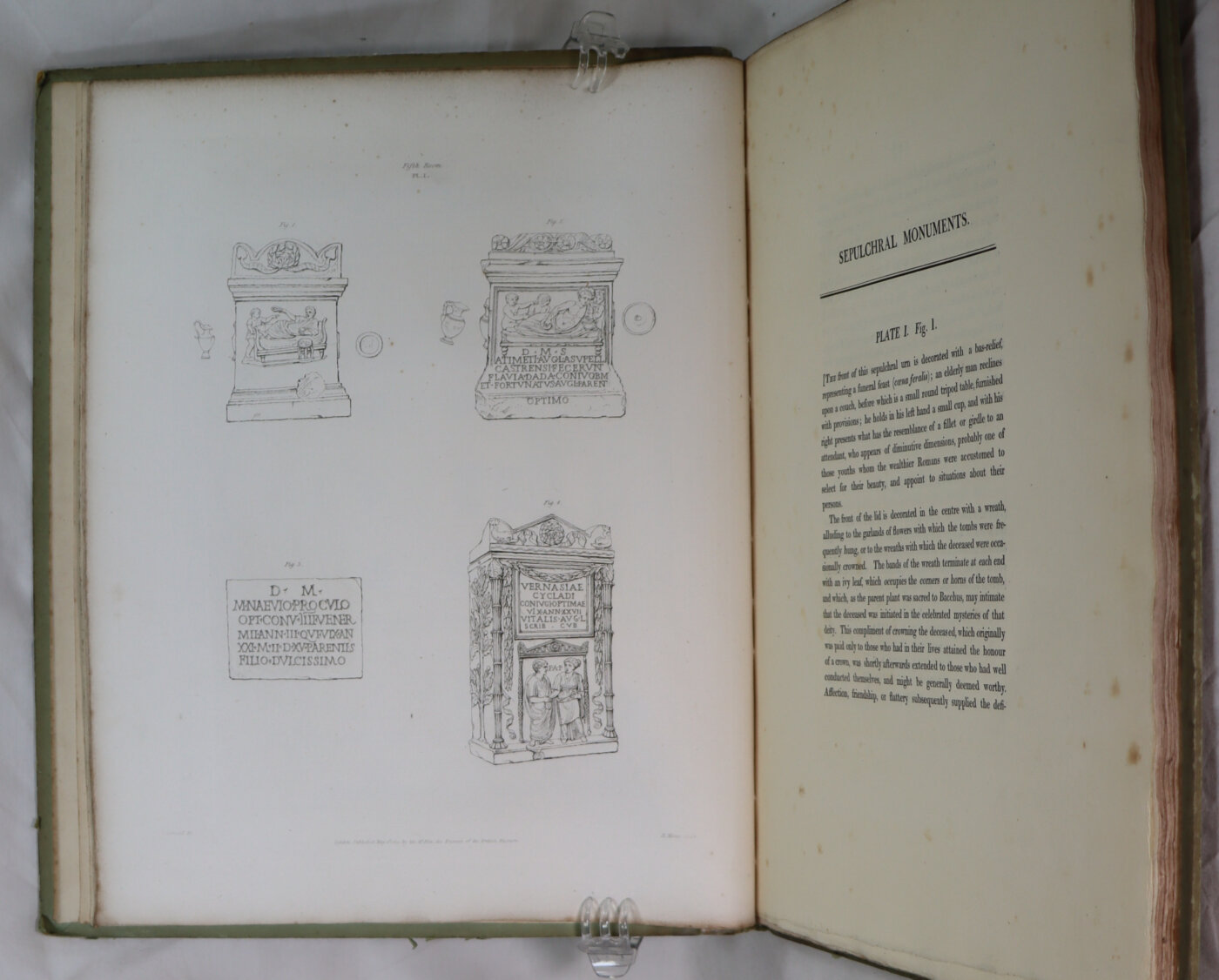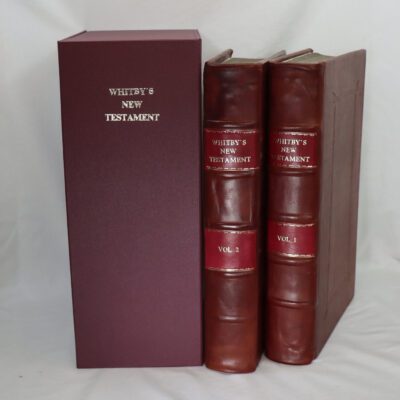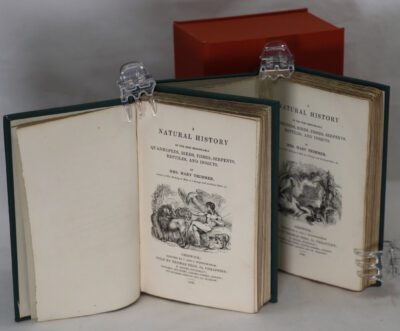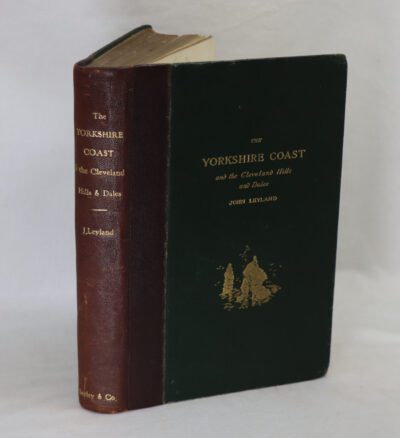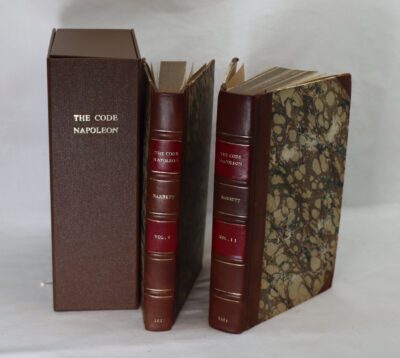Engravings from the Ancient Marbles. Parts IV, V & VI.
Printed: 1820
Publisher: The British Museum. London
| Dimensions | 30 × 37 × 2 cm |
|---|---|
| Language |
Language: English
Size (cminches): 30 x 37 x 2
Condition: Very good (See explanation of ratings)
FREE shipping
Your items
Item information
Description
Green board binding with White title plate and title on the front board. dimensions are for one volume. Ex Library.
- F.B.A. provides an in-depth photographic presentation of this item to stimulate your feeling and touch. More traditional book descriptions are immediately available.
Note: This book carries the £5.00 discount to those that subscribe to the F.B.A. mailing list.
Composite Price for all three volumes.
Engravings from the Ancient Marbles in the British Museum. Part IV. 1820: Taylor Combe: Published by Bulmer and Nicol, London, 1820
FIRST EDITION: “A description of the sculptures which adorned the Temple of Apollo Epicurius, on Mount Cotylion, a little distance from the ancient city of Phigalia in Arcadia.” Original boards, still stiff and in good condition but with some darkening on the spine and slight scuffing on the edges. There are twenty-eight engravings depicting the battle between the Centaurs and Lapithae, and two engravings of the Temple of Apollo Epicurius. The plates are in fine condition.
The British Museum is a public museum dedicated to human history, art and culture located in the Bloomsbury area of London. Its permanent collection of eight million works is the largest in the world. It documents the story of human culture from its beginnings to the present. The British Museum was the first public national museum to cover all fields of knowledge. In 2023 the museum received 5,820,860 visitors, an increase of 42% from 2022. It was the most popular attraction in the United Kingdom according to ALVA, the Association of Leading Visitor Attractions.
The museum was established in 1753, largely based on the collections of the Anglo-Irish physician and scientist Sir Hans Sloane. It first opened to the public in 1759, in Montagu House, on the site of the current building. The museum’s expansion over the following 250 years was largely a result of British colonisation and resulted in the creation of several branch institutions, or independent spin-offs, the first being the Natural History Museum in 1881. The right to ownership of some of its most well-known acquisitions, notably the Greek Elgin Marbles and the Egyptian Rosetta Stone, is subject to long-term disputes and repatriation claims.
In 1973, the British Library Act 1972 detached the library department from the British Museum, but it continued to host the now separated British Library in the same Reading Room and building as the museum until 1997. The museum is a non-departmental public body sponsored by the Department for Digital, Culture, Media and Sport, and as with all national museums in the UK it charges no admission fee, except for loan exhibitions.
Condition notes
Want to know more about this item?

Related products
Share this Page with a friend







